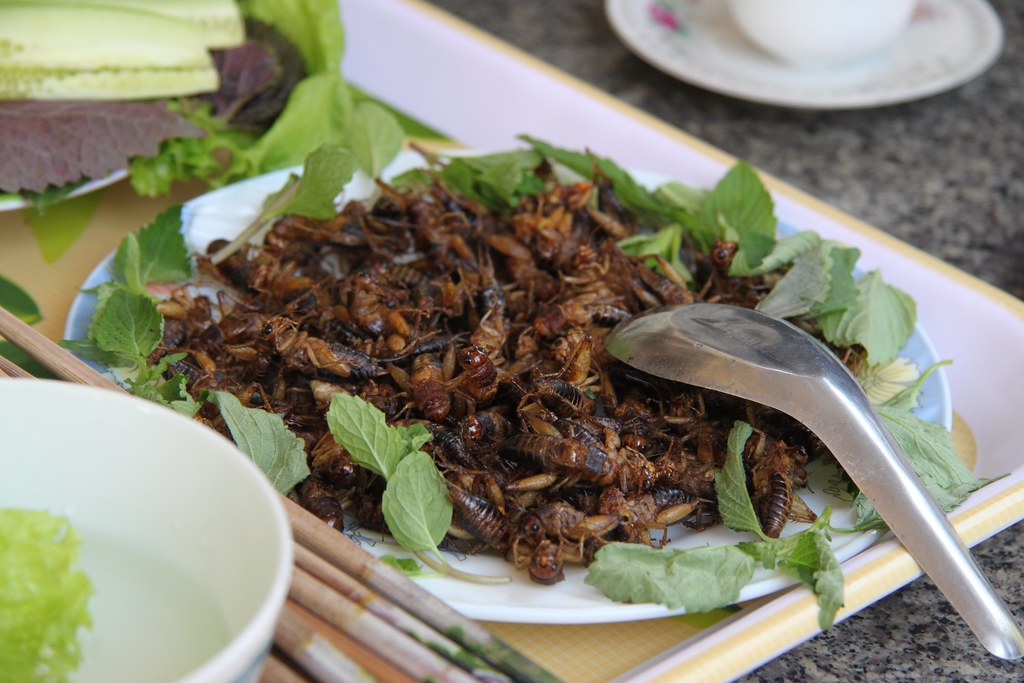Picture this: you’re sitting down to dinner, and on your plate is a delicious, protein-packed meal that required 2,000 times less water to produce than beef, generated virtually no greenhouse gases, and took up almost no land to farm. Sounds impossible? Welcome to the world of entomophagy – eating insects. While many Western cultures recoil at the thought, over 2 billion people worldwide already include insects in their regular diet, and scientists are now seriously considering these tiny creatures as the key to feeding our planet’s growing population.
The Global Hunger Crisis We Can’t Ignore

Right now, nearly 800 million people go to bed hungry every night, and that number is climbing fast. By 2050, we’ll need to feed nearly 10 billion people – that’s 2 billion more mouths than we have today. Traditional farming methods are already maxing out our planet’s resources, using up 80% of our freshwater and converting forests into farmland at an alarming rate.
The math is brutal and unforgiving. We’d need to increase food production by 70% just to keep up with population growth. Yet we’re running out of fertile land, fresh water is becoming scarce, and climate change is making everything worse. It’s like trying to fill a bathtub while someone keeps making the drain bigger.
Why Traditional Protein Sources Are Failing Us
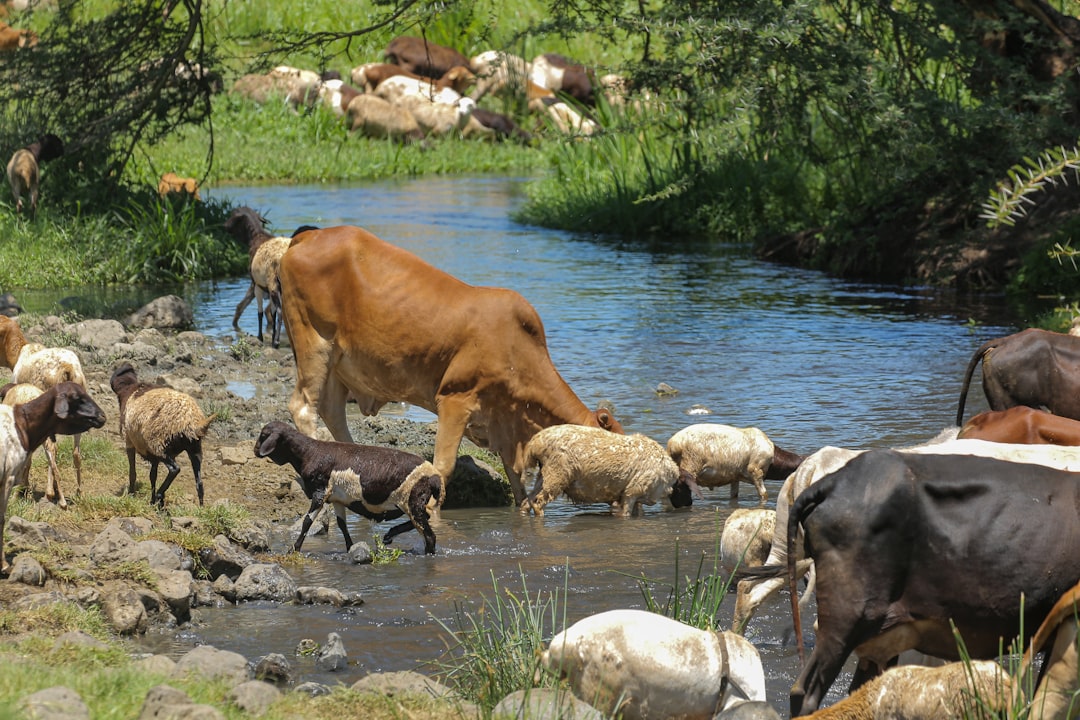
Beef, pork, and chicken have been our go-to protein sources for generations, but they’re becoming environmental disasters. A single pound of beef requires about 1,800 gallons of water to produce – that’s enough for you to take showers for two months straight. Livestock farming also gobbles up 77% of agricultural land while providing only 18% of our calories.
The greenhouse gas problem is even scarier. Cattle alone produce more methane than the entire transportation sector in some countries. When cows burp, they’re literally warming the planet. Plus, we’re clearing Amazon rainforest at the size of a football field every minute, mostly to create pasture for cattle or grow feed crops.
Factory farming isn’t just hard on the environment – it’s also incredibly inefficient at converting feed into food we can actually eat. For every 10 pounds of grain we feed to cattle, we only get about 1 pound of meat back.
The Surprising World of Edible Insects

Here’s where things get fascinating: there are over 2,000 species of insects that humans can safely eat, and they’re already feeding billions of people. In Thailand, street vendors sell crispy grasshoppers like popcorn. Mexican markets overflow with chapulines (grasshoppers) and escamoles (ant larvae), often called “insect caviar.” African communities have been harvesting nutritious termites and caterpillars for thousands of years.
These aren’t just survival foods – they’re delicacies. Many insects have complex, nutty flavors that rival traditional proteins. Cricket flour tastes surprisingly similar to regular flour with a slight nutty twist. Mealworms have been described as having a taste somewhere between nuts and shrimp.
The variety is mind-boggling. From crunchy beetles to creamy grubs, from sweet honeypot ants to savory water bugs, the insect world offers more flavor diversity than our entire current protein repertoire. It’s like discovering a hidden continent of cuisine that’s been right under our noses – or should I say, right under our feet.
Nutritional Powerhouses in Tiny Packages
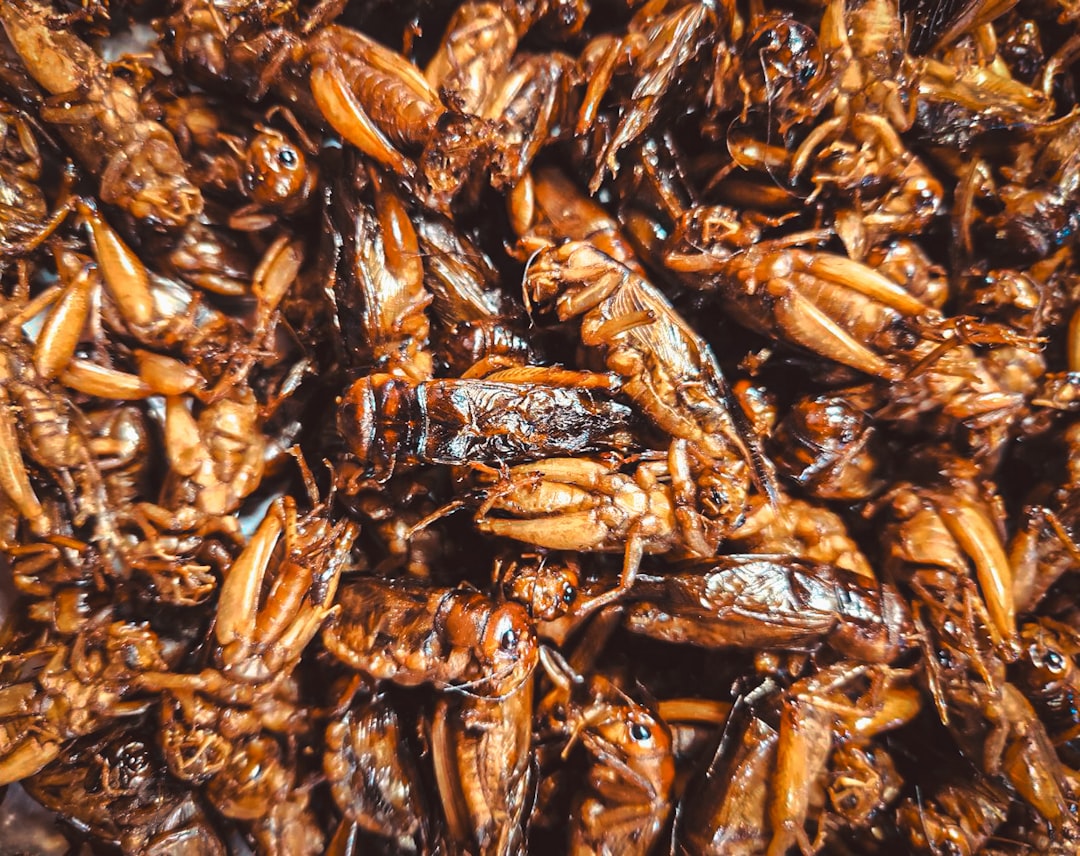
When it comes to nutrition, insects pack a serious punch that puts traditional proteins to shame. Crickets contain all nine essential amino acids, making them a complete protein source just like beef or eggs. But here’s the kicker – crickets are about 65% protein by weight, while beef is only about 26%.
Mealworms aren’t just protein powerhouses; they’re loaded with healthy fats, including omega-3 and omega-6 fatty acids that our bodies crave. A serving of mealworms contains more iron than spinach and more B12 than salmon. Some insects even contain compounds that boost our immune systems and fight inflammation.
The micronutrient profile of insects reads like a multivitamin label. They’re rich in zinc, magnesium, phosphorus, and various vitamins that many people struggle to get enough of in their regular diets. It’s nature’s own superfood, wrapped up in a tiny, crunchy package.
Environmental Benefits That Could Save Our Planet

The environmental stats around insect farming are absolutely staggering. Crickets need 2,000 times less water than beef to produce the same amount of protein. They generate virtually no methane and produce 100 times fewer greenhouse gases than cattle. Instead of burping methane into the atmosphere, they’re actually helping clean it up.
Land use efficiency is where insects really shine. You can farm crickets in vertical towers that take up less space than a small apartment, while producing protein equivalent to acres of cattle pasture. Urban cricket farms are already popping up in basements and warehouses, bringing protein production right into our cities.
The waste reduction potential is incredible too. Insects can eat organic waste that would otherwise rot in landfills, converting garbage into high-quality protein. It’s like having tiny recycling machines that turn your kitchen scraps into tomorrow’s dinner. Black soldier fly larvae are particularly good at this, happily munching through food waste while growing fat and protein-rich.
The Economics of Bug Farming
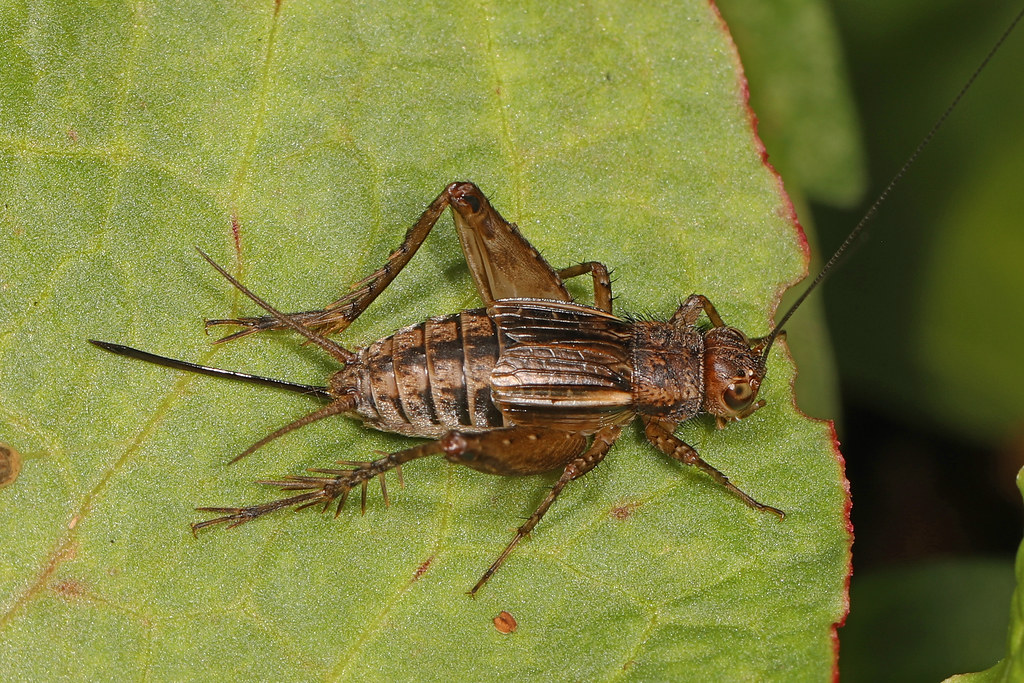
From a business perspective, insect farming is looking more attractive every day. Cricket farms can produce protein at a fraction of the cost of traditional livestock, with much lower startup costs and faster turnaround times. While it takes two years to raise a cow, crickets reach harvest weight in just six weeks.
The scalability is impressive too. Small-scale cricket farms can operate profitably with minimal investment, making them perfect for developing countries where capital is scarce but protein needs are high. Large-scale operations are becoming incredibly efficient, with automated systems that can produce thousands of pounds of cricket protein per day.
Investment money is flowing into the insect protein industry like never before. Major food companies are taking notice, and venture capital firms are betting big on bug-based startups. The global edible insects market is projected to reach $8 billion by 2030, growing at over 24% per year.
Cultural Barriers and the “Yuck Factor”
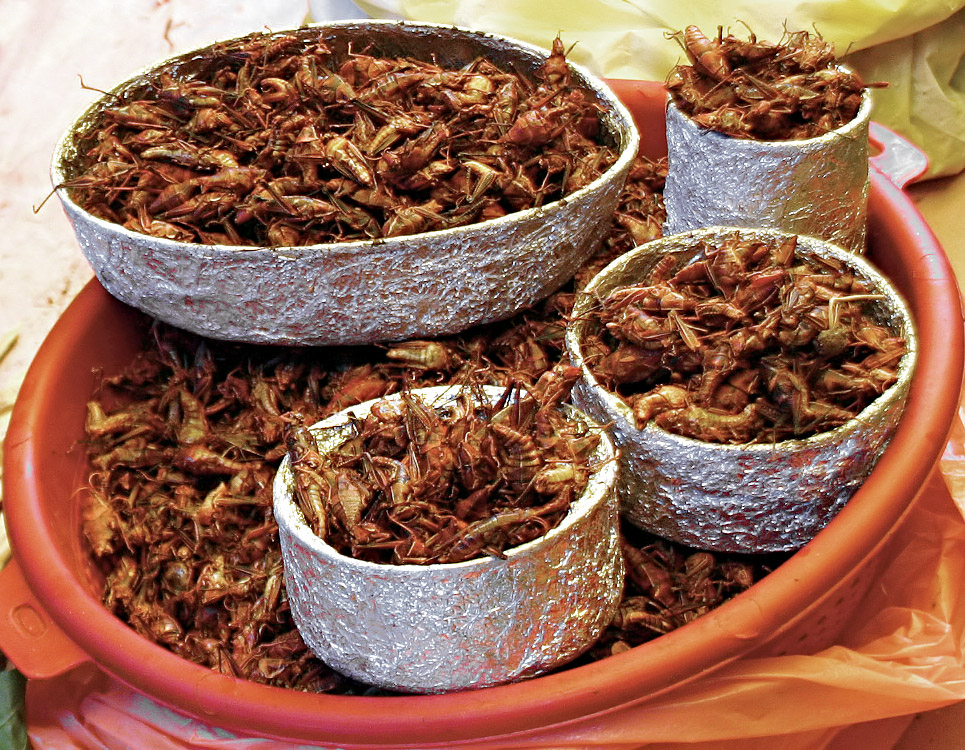
Let’s be honest – most Western cultures have a serious problem with eating bugs. The “yuck factor” is real, and it’s probably the biggest obstacle to widespread insect adoption. We’ve been culturally conditioned to see insects as pests, not food, even though our ancestors likely ate them regularly.
This disgust isn’t rational or universal – it’s learned behavior. Kids who grow up eating insects don’t develop the same revulsion that adults feel. In many cultures, refusing to eat certain insects would be like an American refusing to eat lobster or shrimp (which, let’s face it, are basically ocean bugs).
The marketing challenge is enormous. How do you convince someone to try cricket flour when they won’t even touch a cricket? Food companies are getting creative, grinding insects into familiar forms like protein bars, pasta, and baked goods. When you can’t see the bug, it’s easier to forget you’re eating one.
Processing and Preparing Insects for Modern Palates

The food technology around insects has exploded in recent years. Companies are developing ways to process insects that remove the visual “bug” aspect while maintaining all the nutritional benefits. Cricket flour looks and bakes almost exactly like regular flour, but with way more protein and nutrients.
Flavor masking and enhancement techniques are getting sophisticated. Roasted mealworms can taste like nuts, cheese puffs, or even bacon, depending on how they’re seasoned and prepared. Some companies are creating insect-based meat substitutes that mimic the texture and taste of chicken or beef so well that blind taste tests are nearly impossible to distinguish.
The processing also addresses safety concerns. Modern insect farms use controlled environments and strict hygiene protocols that often exceed those used in traditional livestock production. Heat treatment kills any potential pathogens, making processed insect products as safe as any other protein source.
Safety Concerns and Regulatory Hurdles
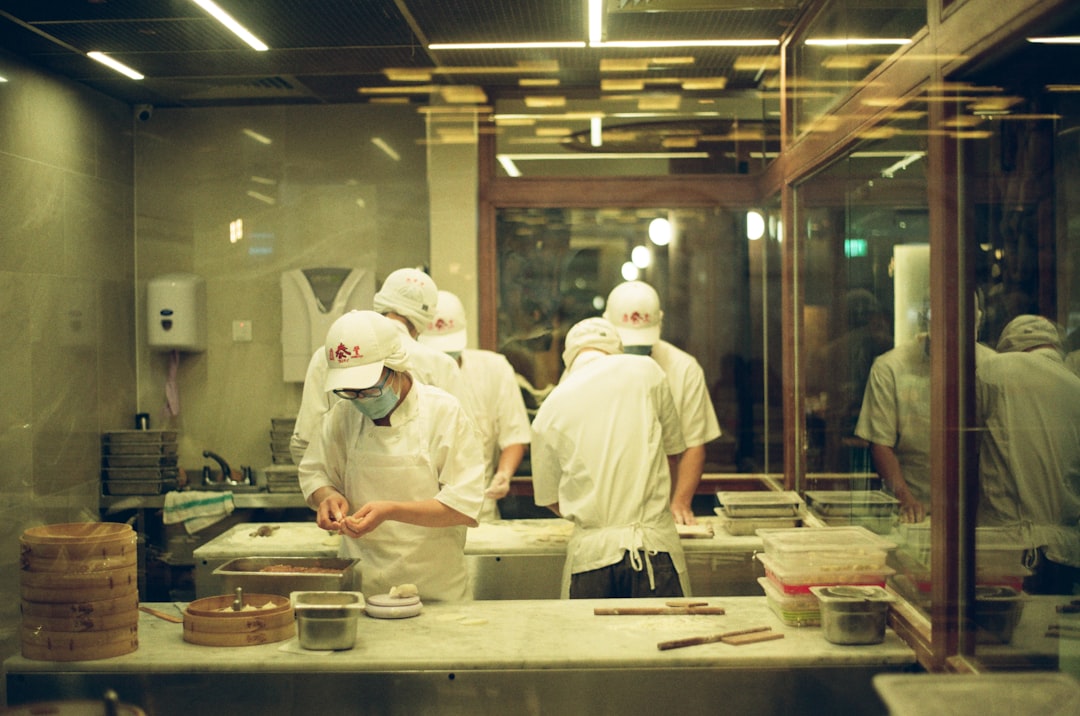
Food safety regulators around the world are still figuring out how to handle edible insects. The European Union recently approved several insect species for human consumption, but the approval process is slow and expensive. In the United States, the FDA is taking a cautious approach, requiring extensive safety data before approving new insect-based foods.
The allergen question is important too. People with shellfish allergies might also react to certain insects since they’re all arthropods. However, most insects don’t carry the same disease risks as traditional livestock, and they can’t transmit mad cow disease or bird flu to humans.
Quality control in insect farming is actually easier than in traditional agriculture. Insects are raised in controlled environments where contamination is less likely, and their short life cycles mean problems can be identified and corrected quickly. Many insect farms maintain cleaner conditions than conventional meat processing facilities.
Success Stories from Around the World

Thailand’s cricket farming industry is booming, with over 20,000 registered cricket farms producing tons of protein annually. These farms provide steady income for rural families while supplying protein to urban markets. The government actively supports the industry, seeing it as a path to food security and economic development.
In Kenya, black soldier fly farming is transforming waste management and protein production simultaneously. Farms process organic waste from cities while producing high-quality larvae for both human consumption and animal feed. It’s solving two problems at once – waste disposal and protein shortage.
European startups are making serious headway too. Companies in the Netherlands and Belgium are producing insect-based products for mainstream supermarkets, and consumer acceptance is growing faster than expected. Some restaurants are featuring insect dishes as premium menu items, charging more for cricket tacos than traditional meat versions.
The Technology Revolution in Insect Farming
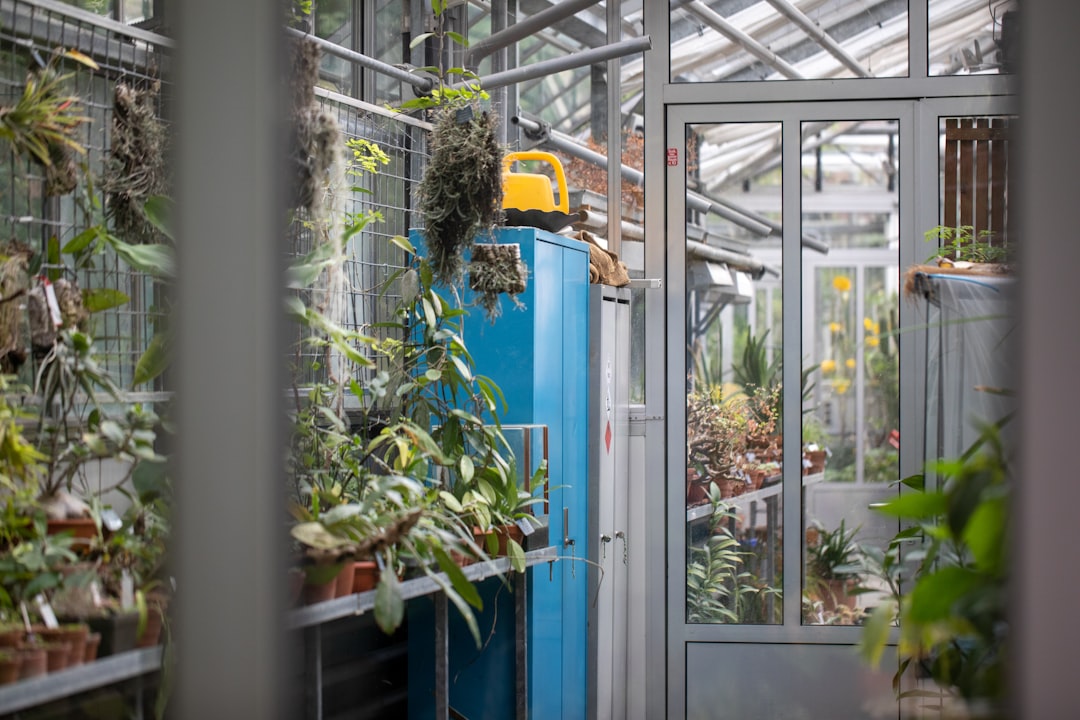
Modern insect farming looks nothing like what you might imagine. Automated systems control temperature, humidity, and feeding schedules with precision that would make traditional farmers jealous. Vertical farming techniques maximize space efficiency, stacking growing containers like apartment buildings for bugs.
Artificial intelligence is optimizing growing conditions, predicting harvest times, and managing entire operations with minimal human intervention. Sensors monitor everything from air quality to insect behavior, automatically adjusting conditions for optimal growth and protein development.
Genetic research is identifying the most productive insect varieties and developing breeding programs that could dramatically increase yield and nutritional content. Scientists are even exploring ways to enhance insects’ natural ability to convert waste into protein, potentially creating super-efficient protein factories.
Insects vs Plant-Based Proteins
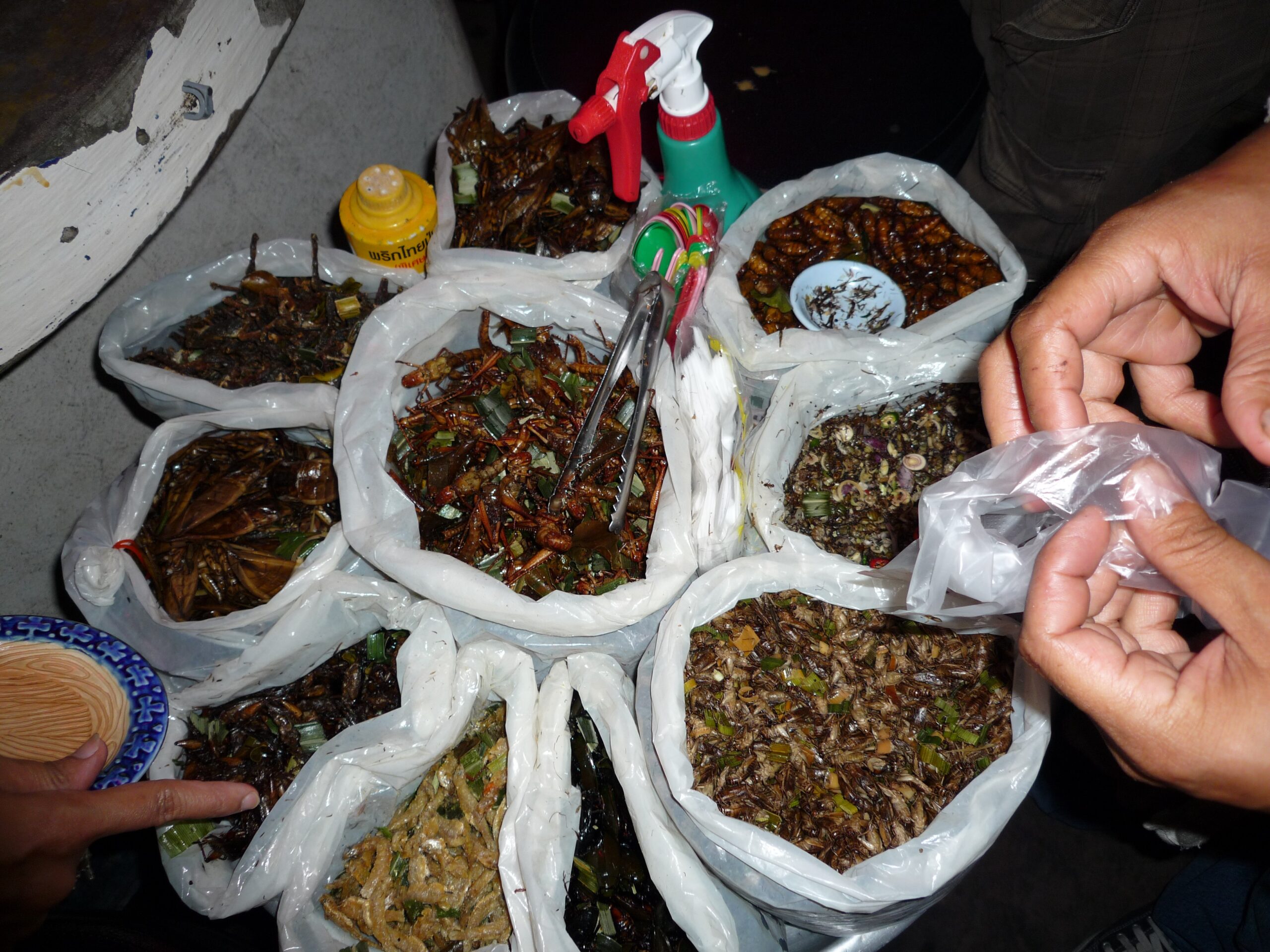
While plant-based proteins have gained massive popularity, insects offer some unique advantages. Unlike many plant proteins, insects provide complete amino acid profiles without the need for careful combining of different protein sources. They also contain nutrients like B12 and heme iron that are difficult to get from plants alone.
The environmental footprint comparison is interesting too. While plant proteins generally have lower environmental impacts than traditional meat, insects can be even more efficient, especially when they’re fed on waste products. A cricket farm can produce more protein per square foot than even the most efficient plant protein crops.
However, cultural acceptance of plant-based proteins is much higher in Western markets. Companies like Beyond Meat and Impossible Foods have paved the way for alternative proteins, potentially making consumers more open to trying insect-based options. The competition between these protein sources might actually benefit both industries.
The Role of Insects in Food Security
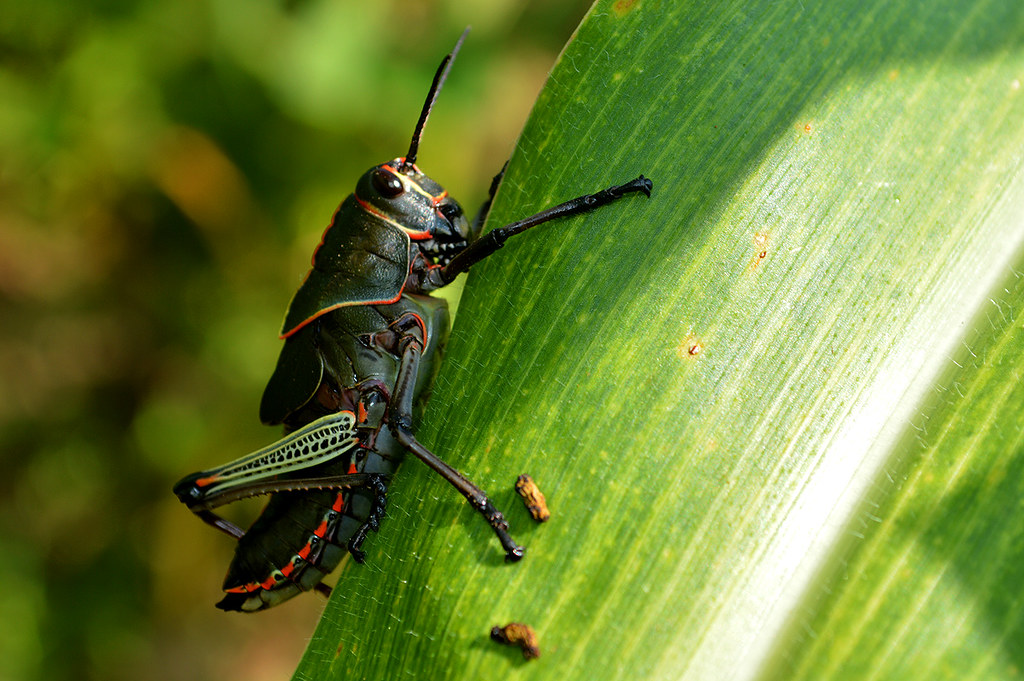
For developing countries facing food insecurity, insects could be a game-changer. They can be farmed with minimal infrastructure, using local waste products as feed. Small-scale operations can provide both food and income for families, creating economic opportunities where few exist.
Insects are incredibly resilient compared to traditional livestock. They can survive extreme weather conditions that would kill cattle or chickens, making them a more reliable protein source in regions affected by climate change. Their short breeding cycles also mean farms can quickly recover from setbacks.
The decentralized nature of insect farming could make food systems more resilient overall. Instead of relying on massive industrial operations that can be vulnerable to disease outbreaks or natural disasters, communities could maintain local protein production that’s harder to disrupt.
Conclusion: Future Innovations and Possibilities
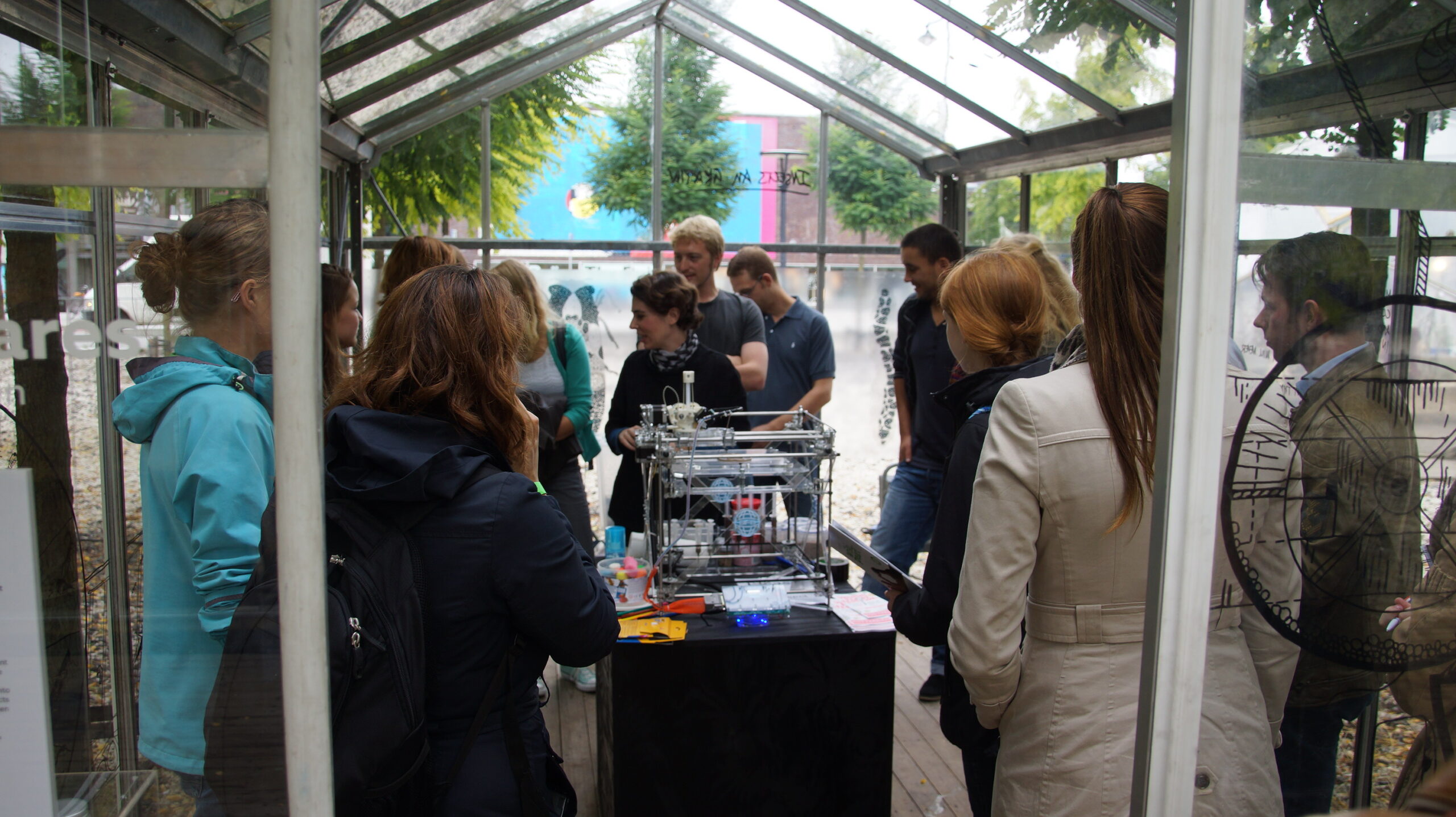
The future of insect protein looks incredibly promising. Researchers are developing new processing techniques that could make insect-based foods indistinguishable from conventional products. Lab-grown insect cells might eventually allow us to produce insect protein without raising actual bugs, addressing remaining cultural concerns.
Functional foods incorporating insects are on the horizon – imagine protein bars that also deliver probiotics, antioxidants, and other health compounds naturally present in certain insects. Some insects contain unique bioactive compounds that could have pharmaceutical applications, making them valuable beyond just nutrition.
Space exploration agencies are seriously considering insects as protein sources for long-term missions. Their efficiency and minimal resource requirements make them ideal for feeding astronauts on journeys to Mars and beyond. What feeds us in space might eventually transform how we eat on Earth.
The path forward isn’t without challenges, but the potential is enormous. As climate change makes traditional agriculture more difficult and expensive, insects offer a sustainable alternative that could help feed our growing planet. Whether we’re ready to embrace our six-legged future or not, the question isn’t whether insects could solve world hunger – it’s whether we’ll let them.

